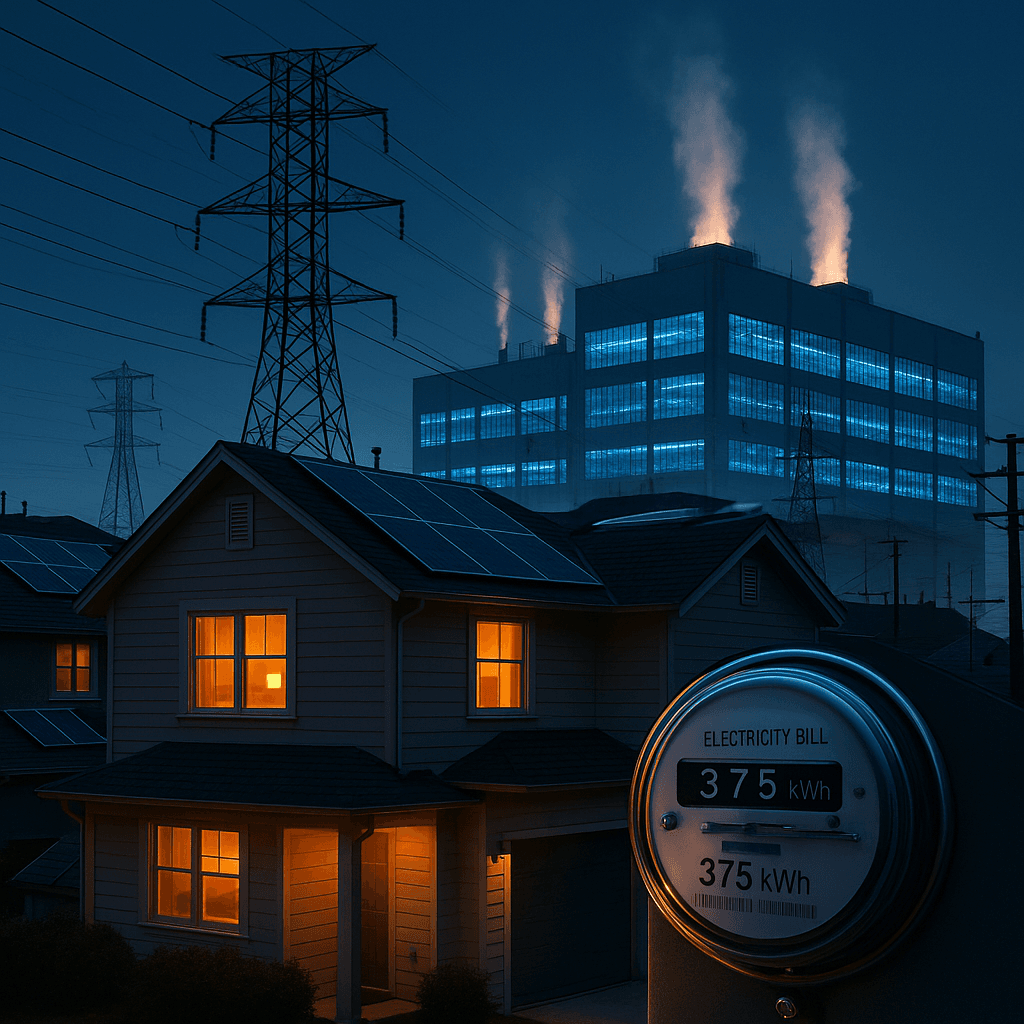The AI revolution is hitting consumers where it hurts most - their wallets. A new Sunrun survey reveals 80% of Americans fear data centers will drive up their electricity bills, setting the stage for a potential public backlash against the industry's massive power appetite. With data centers poised to consume up to 12% of U.S. electricity by 2028, the tension between AI progress and household budgets is reaching a breaking point.
The numbers tell a stark story that's about to collide with American household budgets. Data centers have quietly doubled their share of U.S. electricity consumption since 2018, now gulping down 4% of everything the grid produces. By 2028, Lawrence Berkeley National Laboratory forecasts that figure could triple to 12% as AI workloads explode across the industry.
The Sunrun survey commissioned by the solar installer captures what utility executives have been whispering about for months - consumers are waking up to the connection between Silicon Valley's AI dreams and their monthly electric bills. The 80% concern rate reflects a growing awareness that someone has to pay for all those server farms humming 24/7 to power ChatGPT queries and image generators.
But the supply side tells an even more troubling story. While tech giants like Amazon, Google, and Microsoft have been inking massive solar deals to power their data centers, the broader energy infrastructure isn't keeping pace with skyrocketing demand. Commercial electricity use has surged 2.6% annually over the past five years while residential consumption crawled ahead at just 0.7%, according to U.S. Energy Information Administration data.
The crunch gets worse when you look at what's actually available to fill the gap. Natural gas, the go-to backup for data center operators, faces a perfect storm of constraints. Most new production is getting shipped overseas as LNG exports consumed 140% more gas between 2019 and 2024, while domestic electricity generators only increased consumption by 20%.
Even if utilities wanted to build more gas plants, they're looking at seven-year wait times for turbines as manufacturers struggle with massive backlogs. The says new gas plants take around four years to complete anyway, meaning relief won't come until the early 2030s at best.












